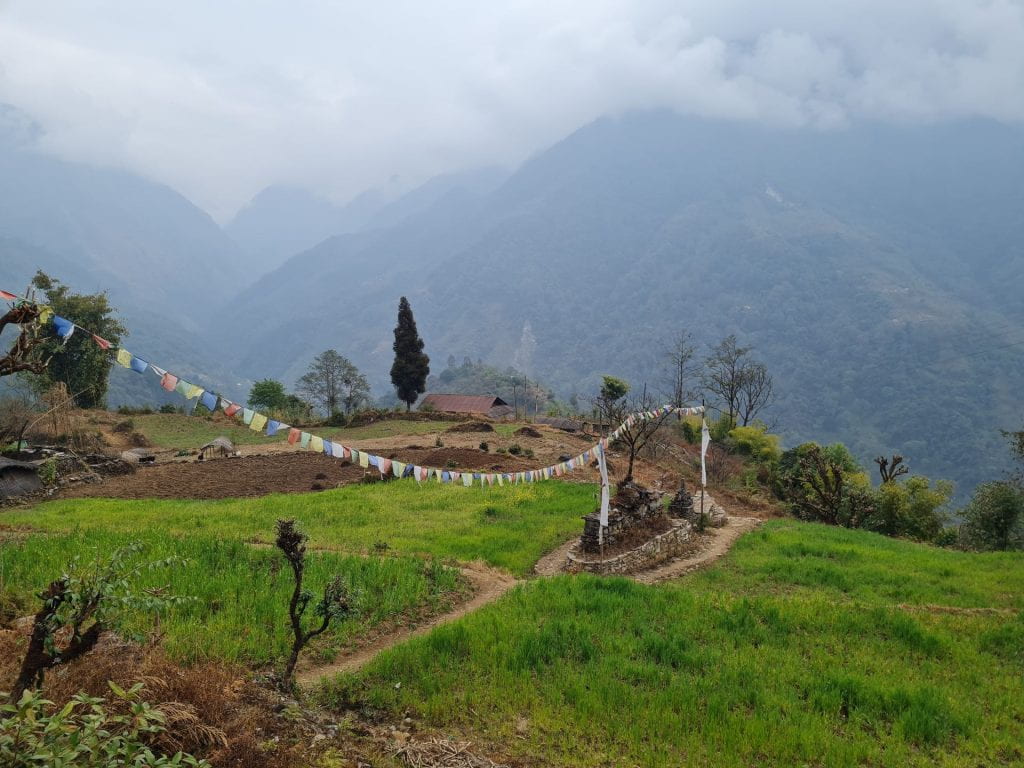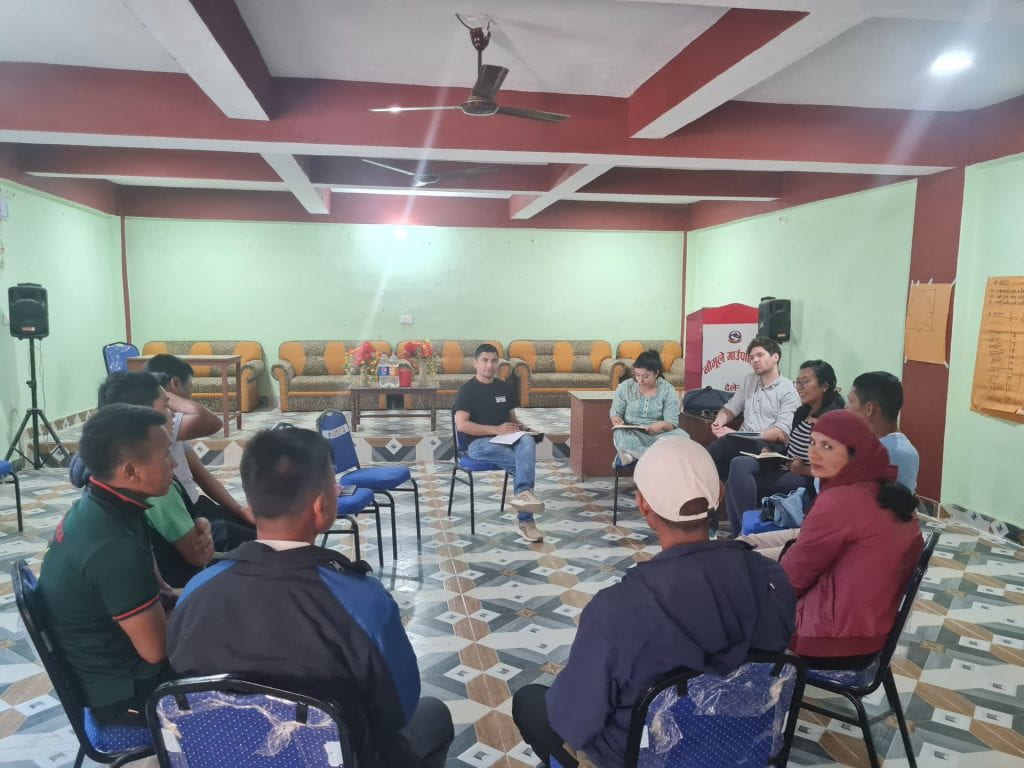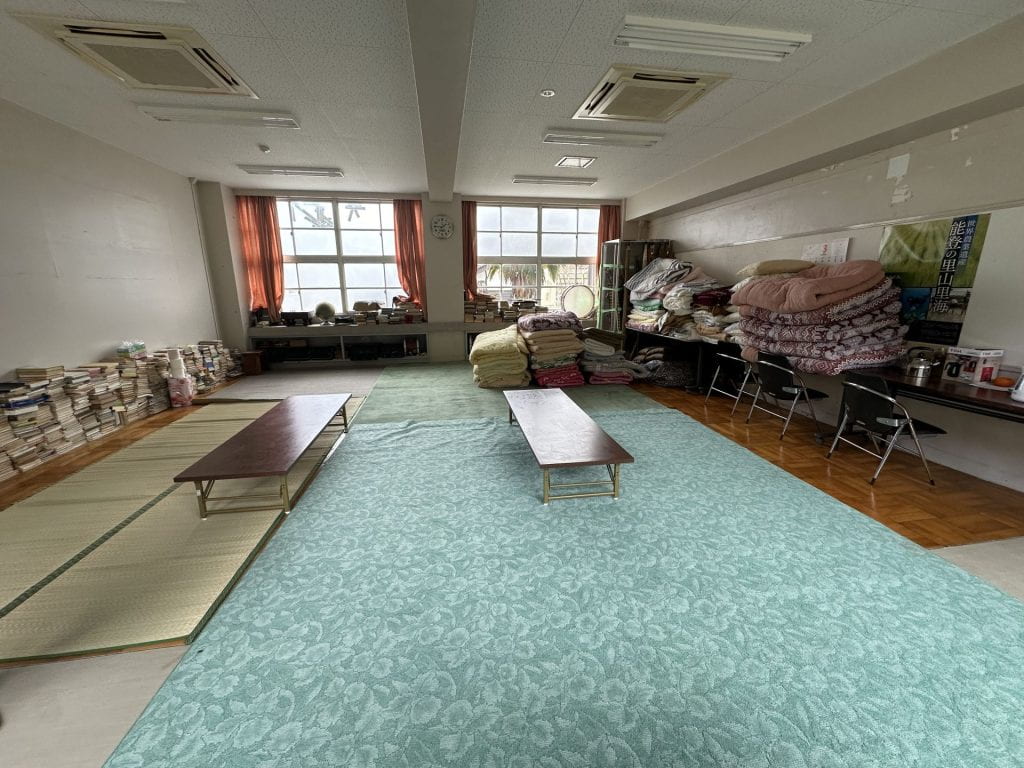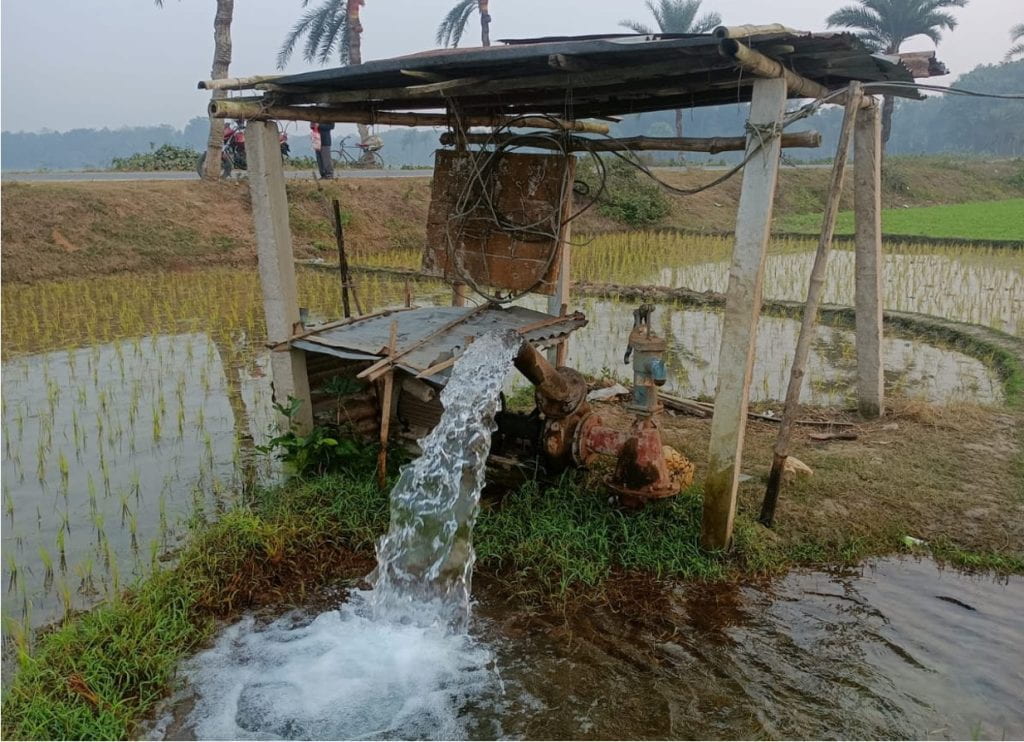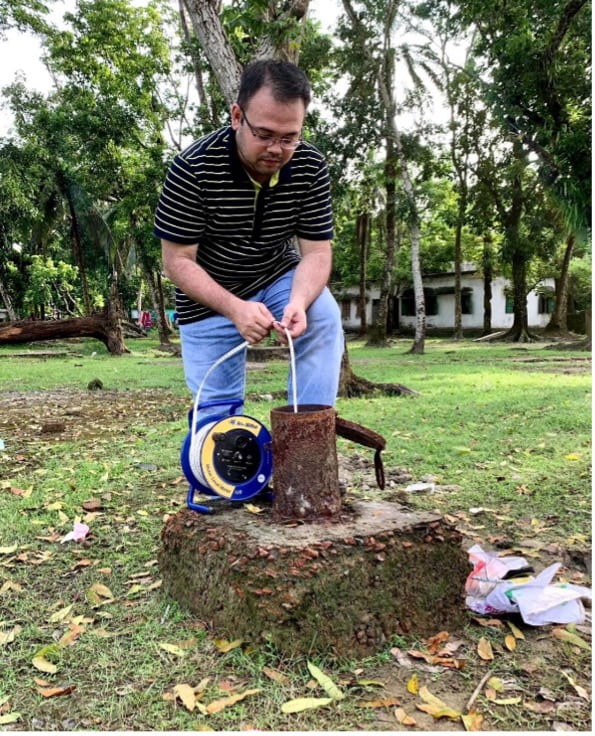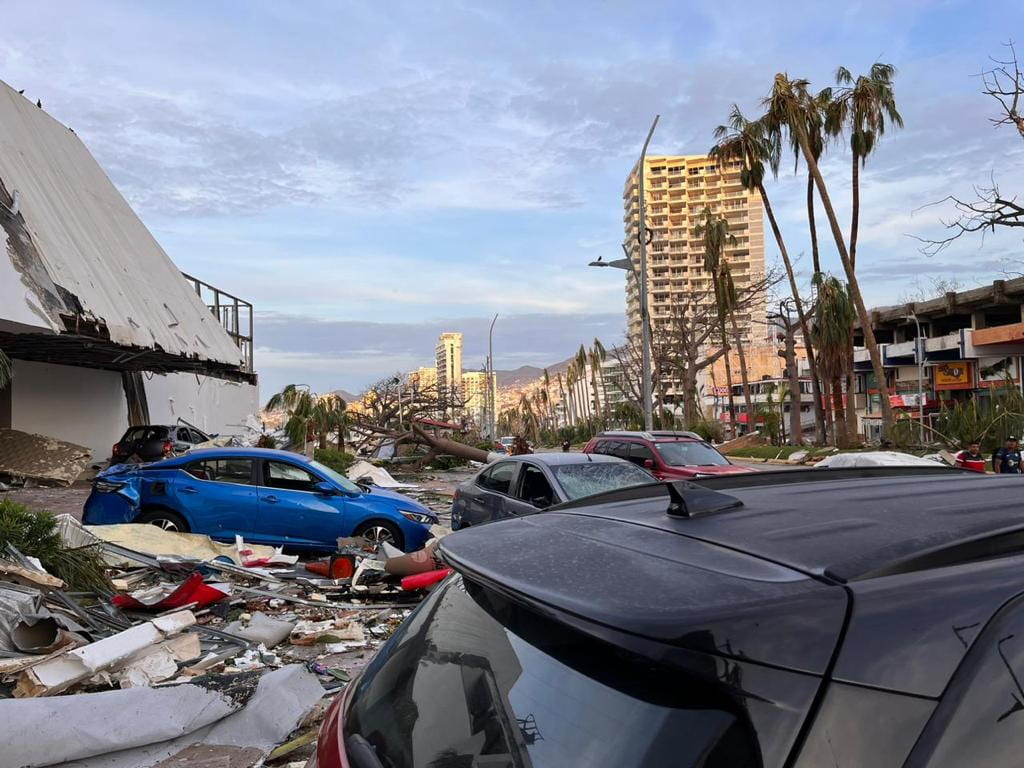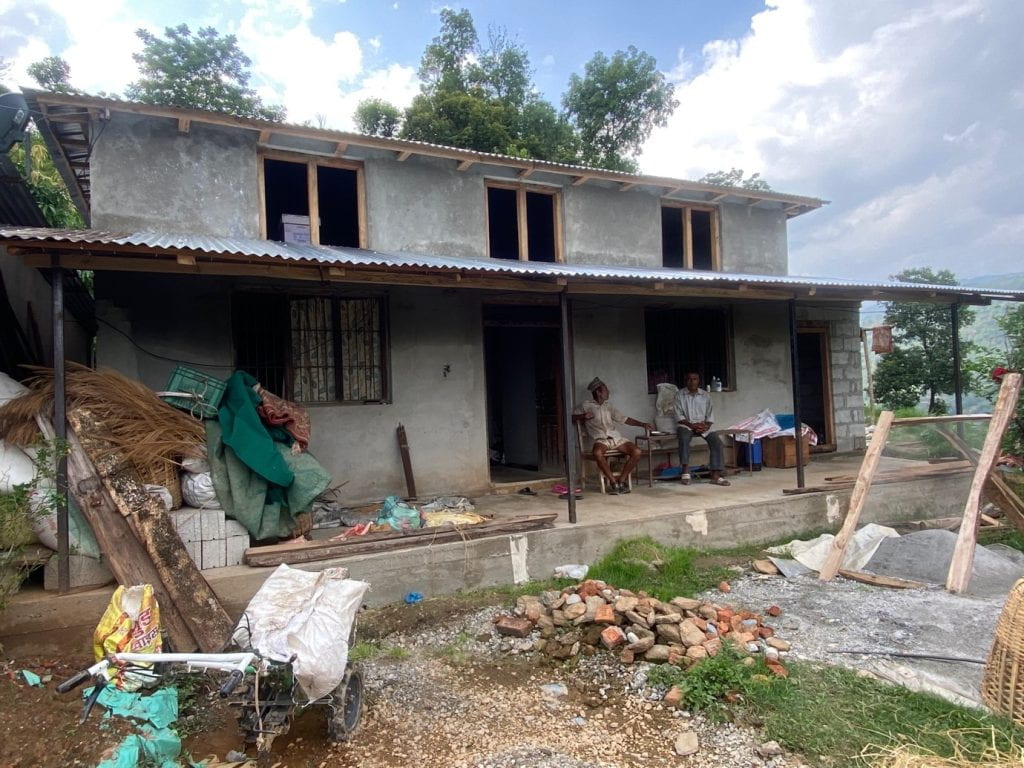From academia to policy: bridging the gap
By Amna Bokhari, on 1 August 2024

During my short time as a research fellow at UCL, seconded from my ‘day job’ as a Clerk in the House of Commons, I have heard the use of the term ‘bubble’ on more than one occasion to describe the sphere in which academics work. The word reminds me of the bubble to which I belong- one that sits in the heart of Westminster. Both worlds, that of academia, and that of policy, are intrinsically connected. Yet, with a foot in both ‘camps’, the gap between the two communities appears to me to be significant. From candid conversations with colleagues here, I have also gathered that it has become increasingly difficult to bridge this gap in recent years.
Without getting into the details of how either ‘bubble’ works, I am struck that engagement with the select committee process may well be the most effective way of bridging this gap and encouraging cross-collaboration. Feeding into government policy is difficult- even from the standpoint of an expert select committee constituted by MPs from across Parliament. I wonder if, through proactive engagement and collaboration, our bubbles may float just that little bit closer together. I also wonder whether select committees, rather than or alongside Government departments, could be the ‘go to’ for academics wanting to share work or insight with those in the world of policy.
Last month, I delivered a presentation on the world of parliamentary select committees to colleagues at UCL’s Department of Risk and Disaster Reduction (RDR), my ‘home’ department at UCL. Colleagues had questions about how we could work together more effectively and bridge the gap between academia and policy. One IRDR colleague proposed that regular roundtables could be set up with committee staff and academics working in a particular area of policy to discuss ideas, priorities and developments. This might also ensure that we are broadening the pool of academics that we are hearing from and give us the key to a diverse range of viewpoints and expertise.
Another colleague asked whether and how submitting written evidence to an inquiry could be effective, particularly if the area of policy is heading in a different direction to academic research findings. I emphasised that the job of a select committee is to scrutinise Government policy, and that well-informed, well-researched evidence is an invaluable contribution to this work, regardless of where the evidence falls. Such evidence may be included and referenced in reports and contribute to the committee’s thinking behind any recommendations they propose. Gathering a range of views is perhaps one of the most effective forms of both outreach and scrutiny from a select committee perspective.
As committee staff, we should at the very minimum ensure academics are aware of who we are, what we do and how to contribute to work we have going on. Likewise, academics should feel empowered to approach select committee staff with any work they feel should be on our radar. This ‘knowledge exchange’ process has indeed been the purpose of my fellowship here at UCL and may well form the foundation for future collaboration and effective scrutiny as we move past the general election and toward the formative months of policy creation that will inevitably follow.
Amna Bokhari is the second clerk on the Joint Committee on Human Rights and has been working in the House of Commons across different committees and policy areas since 2021. She was seconded to UCL across the general election period. This fellowship was supported by UCL Public Policy.
The views expressed in this blog are those of the author(s).
Read more IRDR Blogs
Follow IRDR on Twitter @UCLRDR
 Close
Close






